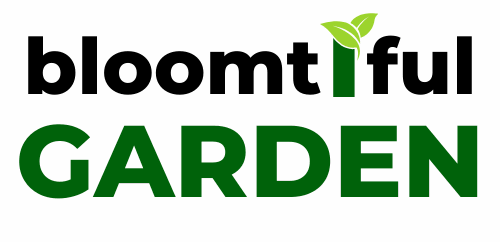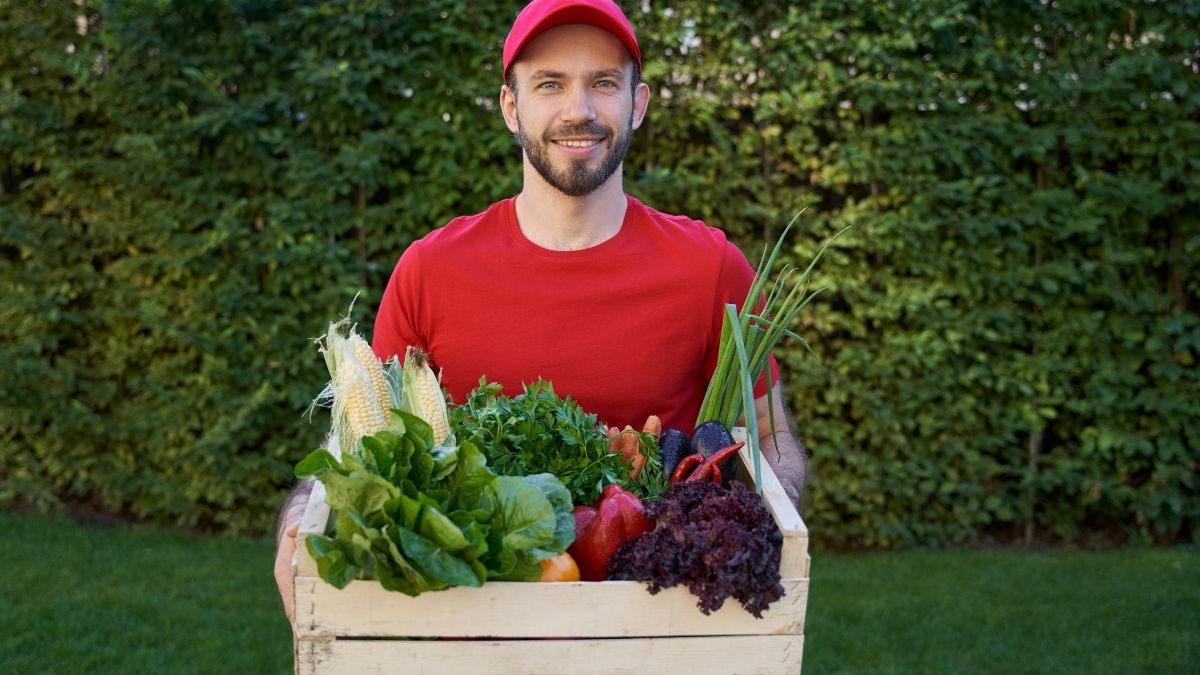It can feel tough to start a garden, especially when you are not sure what to plant first. Most people want to grow food that is easy, fast, and does not require constant attention.
The best beginner plants give you a high yield without needing perfect soil or full sun all day long. For example, green beans and radishes grow incredibly fast, meaning you get food in just a few weeks.
Other plants, like lettuce and chives, work well in small containers or shady spots. By choosing these reliable crops, you can build confidence and enjoy fresh harvests without the usual gardening struggles.
This list gives you all the essential tips you need for 12 plants. You will learn exactly when to plant, how much sun they need, and simple tricks to keep them healthy. Start with these crops, and you will be eating your own fresh food in no time.
🌱 Green Beans: First Harvest Fun!
🥬 Lettuce: Your Easiest Leafy Green
🔴 Radishes: Instant Gardening Gratification
🥕 Carrots: Deep Rewards in Loose Soil
🧅 Onions: Your Low-Maintenance Base Crop
🥔 Potatoes: The Versatile Spud for Beginners
🥒 Cucumbers: The Vining Powerhouse!
🌱 Zucchini: Generous Summer Squash!
🍅 Tomatoes: A Must-Grow Garden Staple!
🫑 Bell Peppers: Colorful & Effortless!
🌿 Basil: The Easiest Companion Herb!
🧅 Chives: A Quick-Growing Herb!
1. Green Beans: The Fast Track to a First Harvest
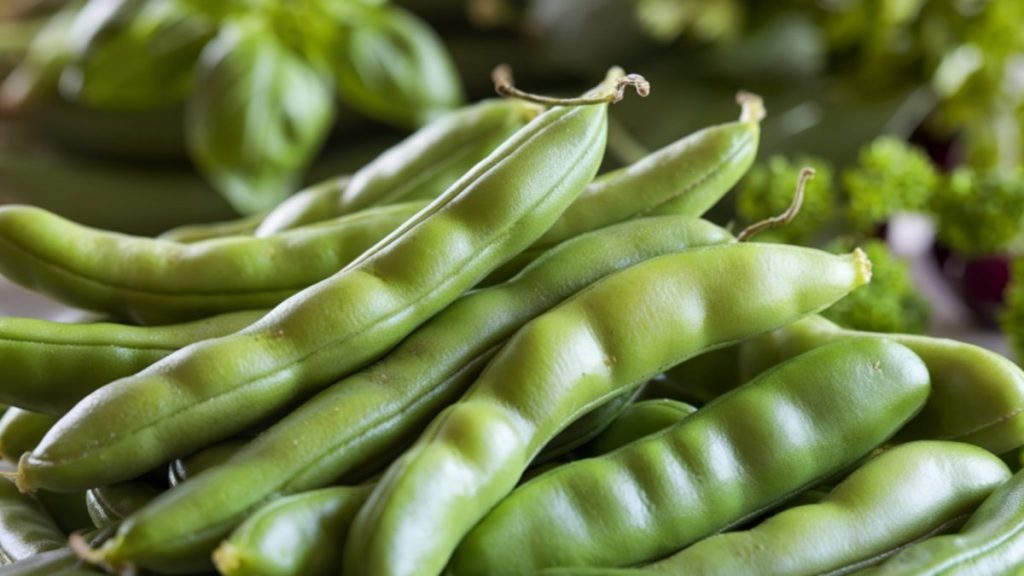
Do you want to grow your own food but hate waiting? Waiting for vegetables to grow can feel like forever. Green beans are a great answer to this common problem. They grow faster than almost anything else you can plant.
You can go from planting a seed to eating your first green beans very quickly. It usually takes less than two months. This means you can get a high yield of fresh food even if your garden space is small. Green beans are one of the easiest vegetables for new gardeners to try.
To grow the best beans, you need to pick a spot that gets lots of sun. The plants need at least six to eight hours of direct sunlight every day. You should also make sure the dirt drains water well and is rich in nutrients. This simple planning makes a big difference in your final harvest.
Quick Harvest Time: You can start picking beans just 45 to 55 days after you plant the seeds.
Sunlight Needs: Green bean plants must have 6–8 hours of direct sun each day to grow well.
Soil Requirements: The soil should be fertile (rich) and well-drained so the roots don’t sit in standing water.
Two Types to Choose From:
- Bush Varieties grow on a small, self-supporting plant and don’t need a trellis.
- Pole Varieties grow like vines and need a stake or trellis to climb up.
- Benefit: They give you a high yield (lots of food) even in a small garden space.
- Great for Beginners: Green beans are known as one of the easiest and fastest vegetables to grow.
2. Lettuce: Your Easiest Leafy Green
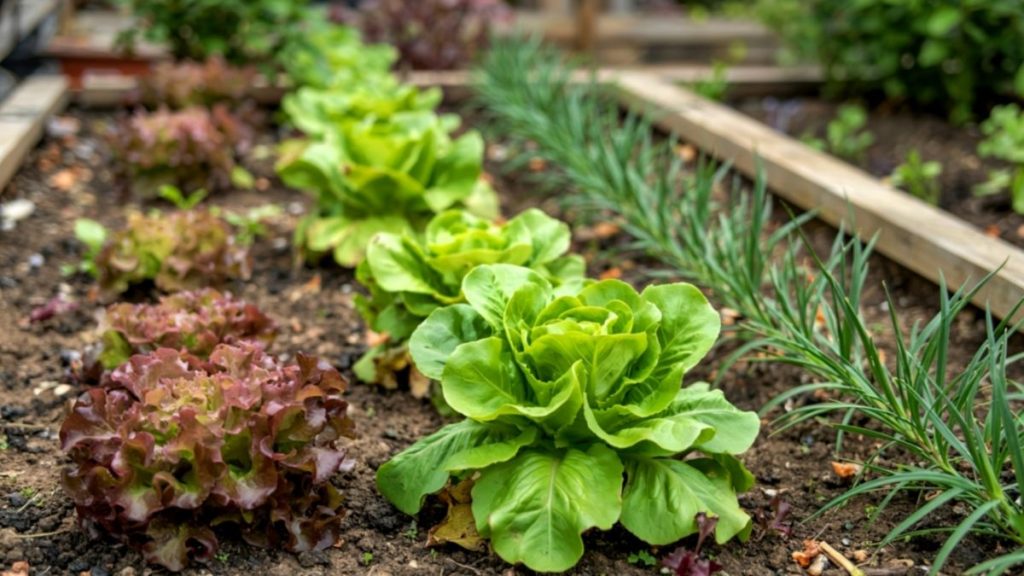
Do you struggle to find a spot that gets full sun for your vegetables? Many plants need intense heat, but lettuce is different. It can actually handle cooler weather and even grows well in partial shade. You only need about four hours of direct sun for a good harvest.
Because it likes the cold, you should plant lettuce in the spring and again in the fall. It is ready to pick very quickly, usually in about one month after you plant it. This means you can keep planting new seeds to have fresh salads all season long.
Lettuce is also an excellent choice if you don’t have a yard. It grows perfectly in containers on a porch or balcony. Just use fertile soil and make sure the container has drainage holes. You can easily grow a leafy green for sandwiches or salads, even if you are new to gardening.
- Quick Harvest Time: You can start cutting leaves about one month after planting.
- Sunlight Needs: It only requires a minimum of 4 hours of sun, handling partial shade well.
- Best Planting Times: Plant lettuce in the spring and fall because it tolerates cooler weather.
- Container Friendly: Lettuce is great for growing in pots and containers, making it easy for small spaces.
3. Radishes: Instant Gardening Gratification

Do you want to plant a seed today and see results almost instantly? If patience is not your strength, radishes are the perfect vegetable for you. They are the ultimate low-maintenance plant that gives you food faster than anything else.
Radishes need very simple soil and light conditions, so you do not have to worry much about where you put them. You can plant seeds in the early spring, and then again in the fall, which lets you grow them almost all year. This makes them one of the easiest vegetables a beginner can handle.
The main benefit of radishes is the rapid speed from planting the seed to eating the root. You can pull them up and eat them while other plants are still just sprouting their first leaves. This fast process means less time for pests or problems to ruin your crop.
- Fastest Harvest: Radishes offer instant gardening success with a very quick seed-to-table time.
- Low-Maintenance: They are a laid-back vegetable with simple needs for soil and light.
- Best Planting Times: Plant seeds in the spring and fall to enjoy a long harvest season.
- Beginner Friendly: They are known as one of the easiest and fastest-growing vegetables for new gardeners.
4. Carrots: Deep Rewards in Loose Soil
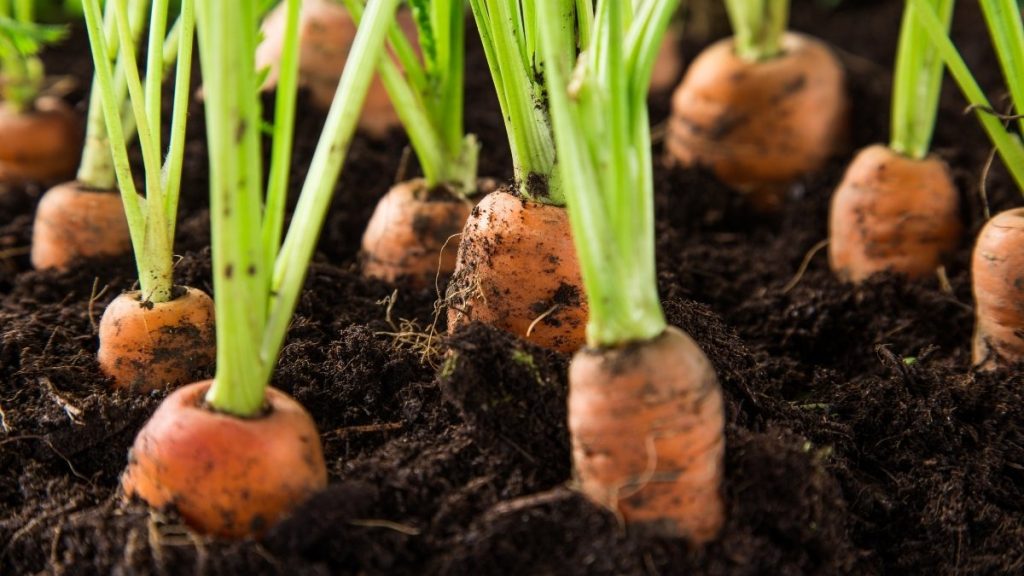
Have you tried to grow carrots before and ended up with twisted or tiny roots? Carrots grow down, and that means they need specific soil to be successful. The biggest problem for carrot growers is soil that is too hard or full of rocks.
To fix this, you need loose, well-drained soil. We recommend planting them in raised beds, which makes it easy to keep the dirt soft and fluffy. They must be planted from seeds, not small starter plants, and the soil should always be kept moist while the seeds sprout.
Carrots are a very rewarding crop for your first garden, but they take a little patience. You must give them about 70 days for a full sprout and harvest. They need a steady one to two inches of water every week and do not grow well in the peak heat of summer.
- Planting Method: Carrots must be grown directly from seed in the garden bed.
- Soil Requirement: They need loose, well-drained soil to grow straight roots, so raised beds work best.
- Watering Needs: The plants require a steady 1–2 inches of water per week, especially as they grow.
- Harvest Time: It takes about 70 days from planting to pull up a full-sized carrot.
- Pro Tip: Avoid planting in the very hottest part of summer for best results.
5. Onions: A Low-Maintenance Base Crop

Are you looking for a vegetable that is easy to manage and forms the base of many great meals? Onions are a staple crop that requires very little fuss once they are in the ground. They are super easy to grow and a must-have for any beginner garden.
You have a choice when planting onions, which makes them very flexible. You can plant them from small starter bulbs called “sets” or from seeds. They grow well in containers, which is helpful if you are short on garden space. Onions love full sun, so pick the brightest spot you have.
To grow big, round onions, the plants need dirt that is both loose and fertile. It helps a lot if you mix in organic matter, like compost, before planting. Once you do the initial work, onions are a set-it-and-forget-it crop that takes little extra care.
- Ease of Management: Onions are a low-maintenance crop that is super easy to manage.
- Planting Options: You can grow them from seeds or from small starter bulbs called sets.
- Sunlight: They need full sun to grow into large, healthy bulbs.
- Soil Needs: The soil should be loose and fertile with lots of organic matter (compost).
- Container Friendly: Onions thrive when planted in containers as well as in garden beds.
6. Potatoes: The Versatile Spud for Beginners

Do you want a hearty, filling vegetable that is fun and easy to grow? Potatoes are one of the most versatile crops you can add to your garden. They are a perfect choice for your first garden because they are so forgiving and easy to manage.
You have many different types of potatoes to choose from, like white, red, or gold. You can grow them from small seed potatoes, which are easy to find and plant. They only require two main things to grow well: full sunlight for at least six hours a day, and consistent watering.
Potatoes do really well when planted in raised beds or large containers. This makes it easy to add more dirt around the plants as they grow, which helps them make more spuds. With regular water and plenty of sun, you will have a big, satisfying harvest.
- Easy to Grow: Potatoes are an easy and forgiving spud perfect for beginner gardening.
- Variety: There are several types of potatoes (white, red, gold) you can choose to grow.
- Planting Method: They are grown from small seed potatoes or sets.
- Sun and Water: Plants need full sun (at least 6+ hours) and regular, consistent watering.
- Best Location: Potatoes grow great in raised beds or large containers.
7. Cucumbers: The Vining & Trellising Powerhouse

Do you want a vegetable that grows fast and produces a huge amount of food? Cucumbers are a power crop that is surprisingly easy for beginners. They can be ready to pick in as little as six weeks after planting.
The best time to plant cucumbers is after your last expected frost, when the weather is warm. They need soil that is rich and drains water well. Cucumbers also need a steady water supply, about one inch of water every single week, especially as they start growing fruit.
A key tip for growing great cucumbers is to use a trellis . This gives the plants something to climb up instead of spreading on the ground. Trellising saves you ground room and helps keep the leaves and fruit dry. This simple trick prevents common diseases that can hurt your crop.
- Fast Harvest: Cucumbers can be ready to pick in as little as six weeks, making them one of the fastest-growing vegetables.
- Planting Time: Plant seeds only after the last frost when the soil is warm.
- Trellis Recommended: Use a trellis or stake to save garden space and prevent disease.
- Watering Needs: They require a steady one inch of water every week.
- Soil: They need fertile and well-drained soil to grow healthy.
8. Zucchini: The Generous Summer Squash
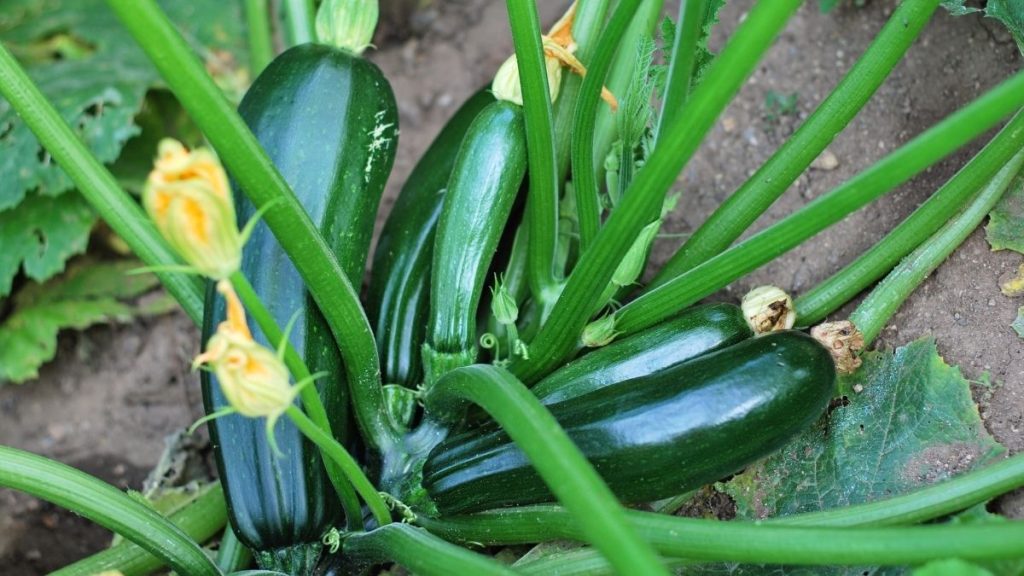
Have you heard stories about gardeners who have too much zucchini to know what to do with? Zucchini is known as a very generous summer squash. It is a fantastic beginner vegetable because it is easy to grow and gives you a huge harvest.
Zucchini cannot handle cool weather at all, so you must wait to plant until the temperatures stay in the 70s . These plants get very big, very quickly. You need to give them lots of room, planting them at least three feet apart from each other.
The trick to the best flavor is to pick the zucchini when it is small or medium-sized. If you let them grow too big, the skin gets tough and the taste becomes watery. If you harvest often, the plant will keep making more, ensuring a steady supply all summer.
- Warmth Requirement: Do not plant until consistent temperatures are in the 70s; they cannot tolerate cold.
- Space Needed: Zucchini plants require a lot of room and should be planted 3 feet apart.
- Harvesting Tip: For the best flavor and tenderness, pick when the fruit is small or medium-sized.
- Generous Yield: This is a very productive summer vegetable perfect for beginners.
9. Tomatoes: A Must-Grow Garden Staple

Do you dream of eating a sun-warmed, perfect tomato picked straight from your own garden? Tomatoes are the most popular garden staple, and for good reason. Even though they need a little extra care, they are a must-grow for any first garden.
There are many different types of tomatoes you can choose from, such as big slicing tomatoes or small cherry ones. You should plant them in the middle of spring when the weather is warm and settled. Tomatoes need daily watering to grow well, especially when the weather is hot and dry.
These plants get tall and heavy, so you must use a trellis or stake . This support keeps the fruit off the ground and helps prevent common diseases. They also grow best in well-drained soil that is slightly acidic, meaning it’s a little sour. The work is worth it for a fresh tomato.
- Garden Staple: Tomatoes are one of the most popular and easy vegetables to grow.
- Routine Maintenance: Daily watering is crucial, especially during warm weather.
- Support is Key: They require a trellis or stake for support, which helps prevent disease.
- Soil Needs: Plant in well-drained soil that is slightly acidic.
- Planting Time: The best time to plant is in mid-spring.
10. Bell Peppers: Colorful & Effortless

Do you want to grow a vegetable that adds beautiful color to your garden and your plate? Bell peppers are one of the most effortless plants you can choose. They are a great staple for beginner gardening because they are easy to grow and very rewarding.
Like tomatoes, you need to wait until after the last frost to plant bell peppers. They love warm weather and cannot handle the cold. You should choose a spot that gets a lot of light, as they need full sun for six to eight hours every day.
Bell peppers grow well whether you plant them directly in the ground or in containers. The key is to use soil that is both fertile (rich in nutrients) and well-drained. Give them consistent water and plenty of sun, and you will have a steady supply of colorful peppers.
- Sunlight: They need full sun for 6–8 hours daily to grow large and colorful.
- Planting Time: You must plant them only after the last frost when the weather is consistently warm.
- Soil: They thrive in fertile and well-drained soil.
- Location: Bell peppers work well when planted in the ground or in containers.
- Ease of Growth: They are known as an easy-to-grow vegetable perfect for beginners.
11. Basil: The Easiest Companion Herb
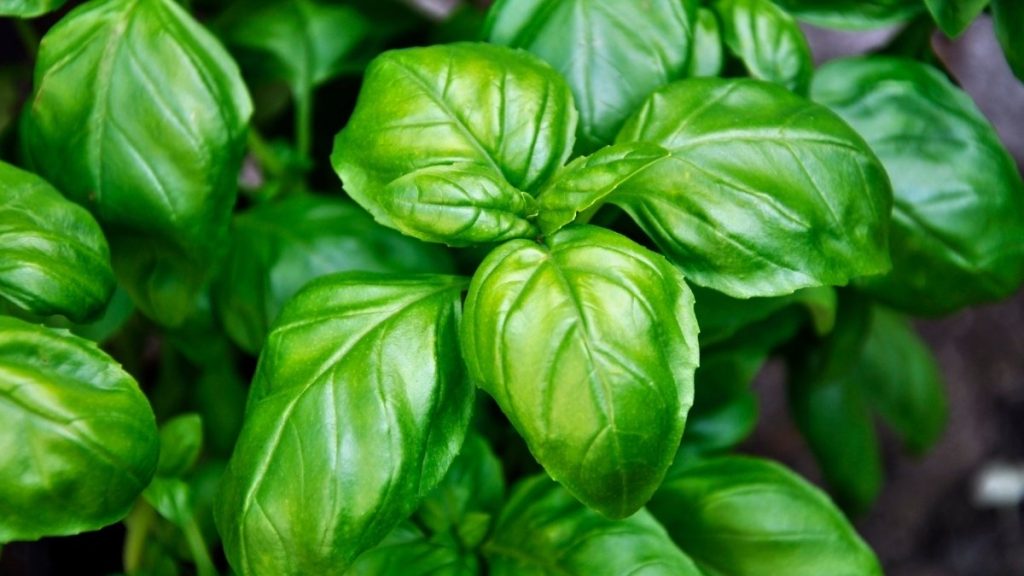
Do you want to add great flavor to your food without the struggle of a complicated plant? Basil is a fantastic, easy herb that is a must-have for any garden. It is so easy to grow that it is a perfect choice for your first garden.
Basil loves the same warm weather as tomatoes, which makes it a great plant to grow near them. It also shares similar needs for sun and water. Like most herbs, you should not plant basil until you are sure that all frost is completely gone from your area.
This herb works very well when you plant it in containers right outside your kitchen door. However, planting it next to your tomato plants is an even better idea. Basil can help keep some pests away from your tomatoes, making it a great companion plant. You will always have fresh basil for cooking!
- Easy to Grow: Basil is a very easy herb perfect for beginners.
- Planting Time: You must only plant basil after all frost is gone and the weather is warm.
- Companion Plant: It is an excellent companion plant to grow next to tomatoes.
- Growing Location: It grows well in containers or directly in the garden bed.
- Shared Needs: Basil shares similar sun and water needs with tomatoes.
12. Chives: A Quick-Growing Herb
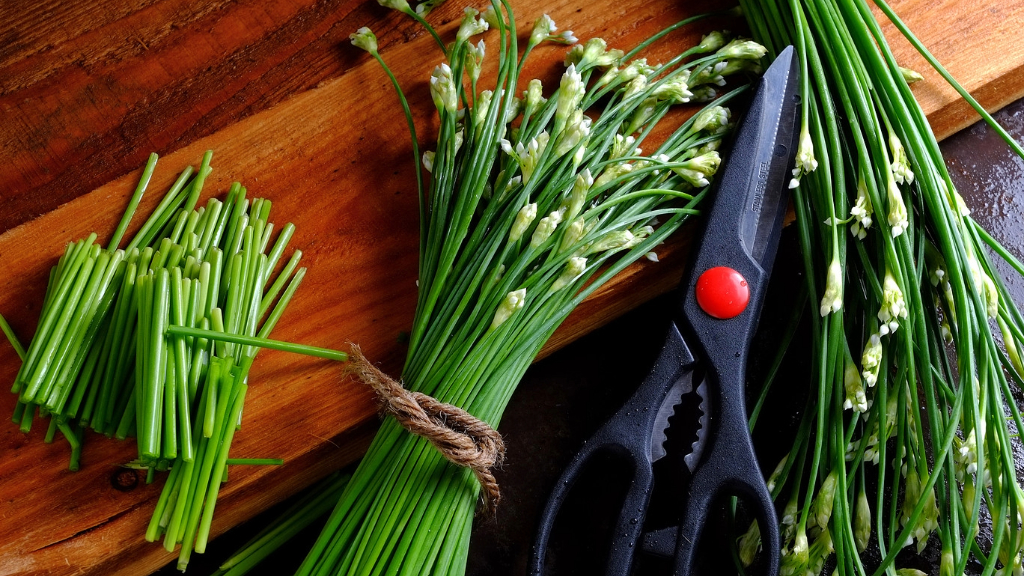
Do you need a herb that grows fast and adds a mild onion flavor to your dishes? Chives are one of the quickest-growing herbs you can put in the ground. They are a simple and delicious crop for any beginner gardener.
You can start chives from a seed or from a small seedling plant in a pot. They are ready to harvest quickly, usually in about 60 days from planting. This makes them one of the fastest crops to add to your list.
Chives grow best in soil that is moist, rich, and drains water well. You can plant them in a sunny spot that gets full sun, or they can handle a spot with some partial shade. Since they grow very well in containers, you can easily keep them on a sunny windowsill or patio.
- Fast Harvest: Chives are ready to harvest in about 60 days, making them a quick crop.
- Sunlight: They grow well in full sun but can also tolerate partial shade.
- Soil: Needs moist, fertile, and well-drained soil.
- Container Friendly: Chives grow easily and successfully in containers.
- Planting Method: Can be started from seed or small seedlings.
